Why you can trust TechRadar
Despite the pricey prestige most would associate with Razer, the Blade Stealth is an amazingly affordable Ultrabook when you consider what is on offer. The base configuration might be priced for a considerable $999 or £999 (about AU$ 1,315), but you get an Intel Core i7 processor, QHD+ screen, 128GB SSD and 8GB of RAM.]
For the same price, you would get a MacBook Air with only a 1,440 x 900 display, Core i5 processor and half as much memory. At least the Dell XPS 13 has FHD display and 8GB of RAM at this price point, but again you’ll be bumped down to a lesser Core i5 CPU.
Our own $1,399 or £1,349 (about AU$1,840) configuration sits happily in the middle of the available SKUs and it’s still a steal. A comparable Dell XPS 13 (with a QHD+ screen) and MacBook Pro would cost $1,849 (£1,499, AU$2,999) and $2,199 (£1,729, AU$3,439), respectively.
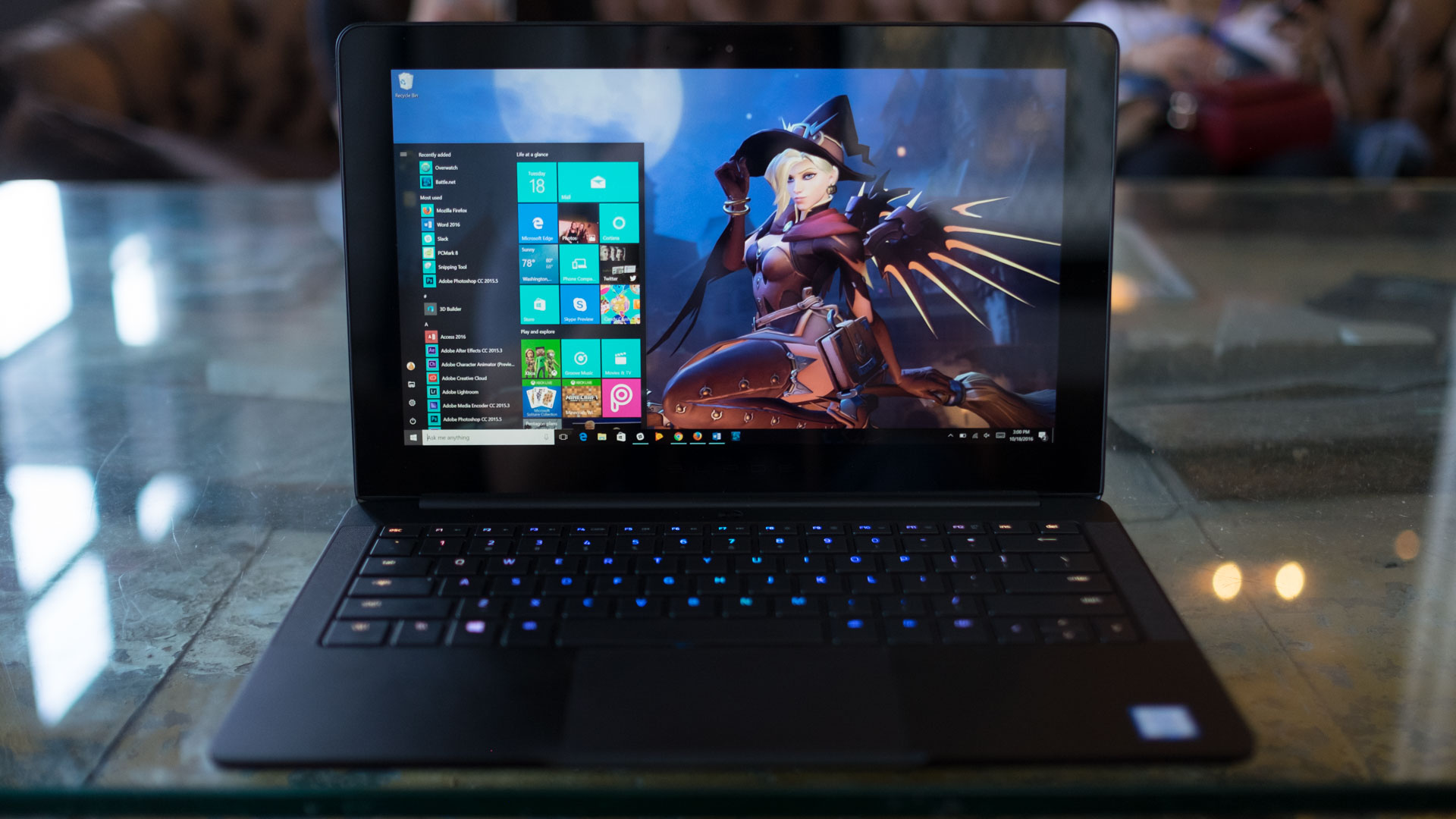
Spec Sheet
Here is the Razer Blade Stealth configuration sent to techradar for review:
- CPU: 2.7GHz Intel Core i7-7500U (dual-core, 4MB cache, 3.5GHz with Turbo Boost)
- Graphics: Intel HD Graphics 620
- RAM: 16GB RAM LDDR3-1,866MHz
- Screen: 12.5-inch, QHD+ (2,560 x 1,440) IGZO LED-backlit touchscreen display
- Storage: 512GB PCIe M.2 SSDPorts: 2 x USB 3.0, 1 x USB 3.1 Type-C (Thunderbolt 3), 1 x HDMI 2.0, headset jack
- Connectivity: Killer Wireless 802.11ac, Bluetooth 4.1
- Camera: 2MP built-in webcam
- Weight: 2.84 pounds
- Size: 12.6 x 8.1 x 0.52 inches (W x D x H)
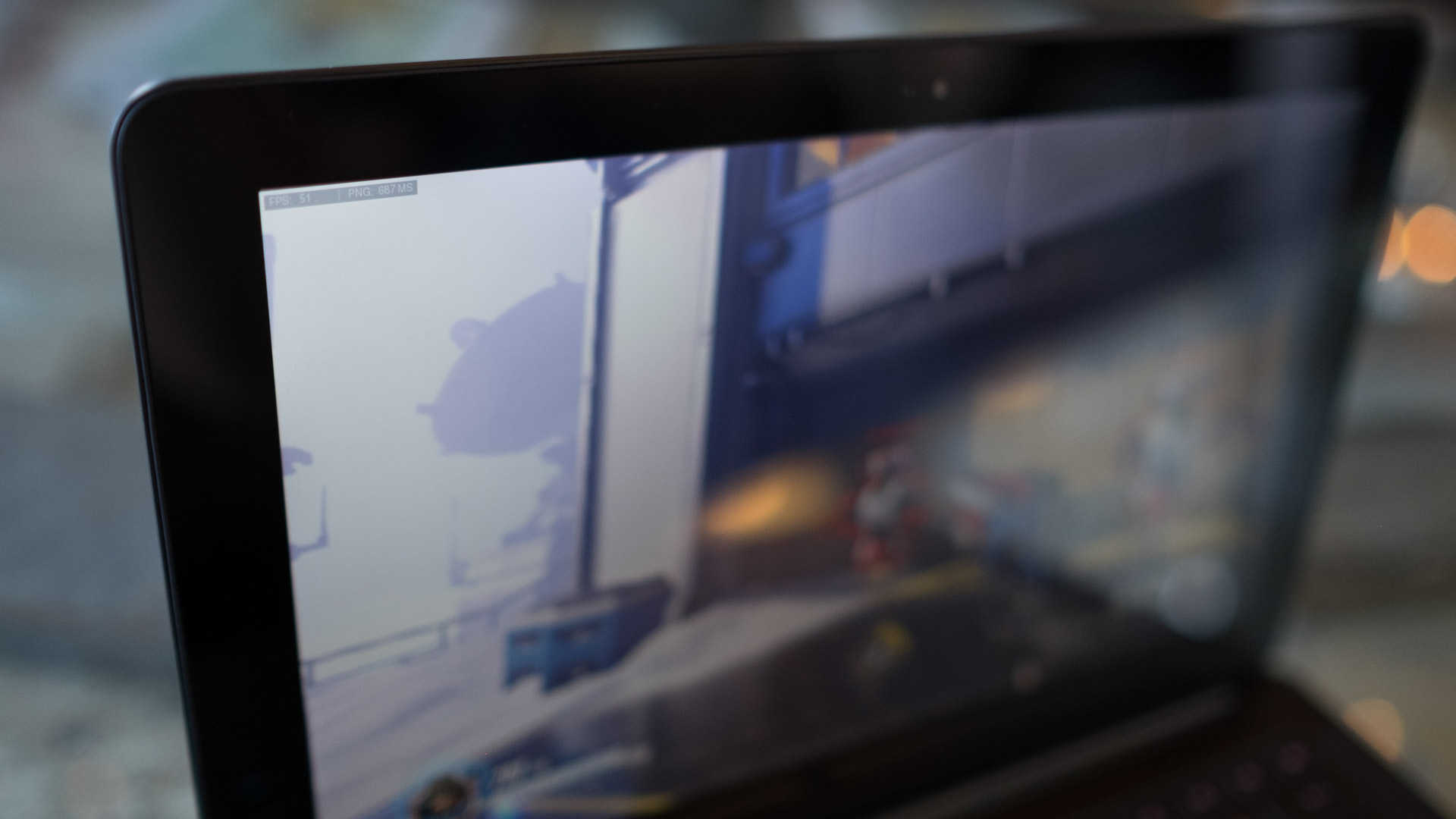
Performance
When it comes to getting stuff done, the Razer Blade Stealth is all aces. The speedy Kaby Lake processor can handle heavy duty image editing images in Photoshop and Lightroom like a champ. I was even able to play Overwatch at a decent 45 to 60 frames-per-second (fps) clip, with the game set to Full HD resolution and high quality settings.
Ultimately, if you really want to unlock the gaming potential of this laptop, you’ll have to plug it into the Razer Core external graphics card dock. On its own, the Stealth isn’t outfitted with discrete graphics.
So, while it’s more than capable for watching media, its graphical prowess isn’t up to the task of rendering the latest games.
Benchmarks
Here’s how the Razer Blade Stealth performed in our suite of benchmark tests:
- 3DMark: Cloud Gate: 6,401; Sky Diver: 3,966; Fire Strike: 894
- Cinebench CPU: 349 points; Graphics: 41 fps
- GeekBench: 3,604 (single-core); 7,809 (multi-core)
- PCMark 8 (Home Test): 2,738 points
- PCMark 8 Battery Life: 3 hours and 44 minutes
- Battery Life (techradar movie test): 5 hours and 44 minutes
Let’s see how that compares to the 2015 model:
- 3DMark: Cloud Gate: 5,161; Sky Diver: 3,221; Fire Strike: 798
- Cinebench CPU: 309 points; Graphics: 40 fps
- GeekBench: 3,199 (single-core); 6,829 (multi-core)
- PCMark 8 (Home Test): 2,255 points
- PCMark 8 Battery Life: 2 hours and 35 minutes
- Battery Life (techradar movie test): 3 hours and 39 minutes
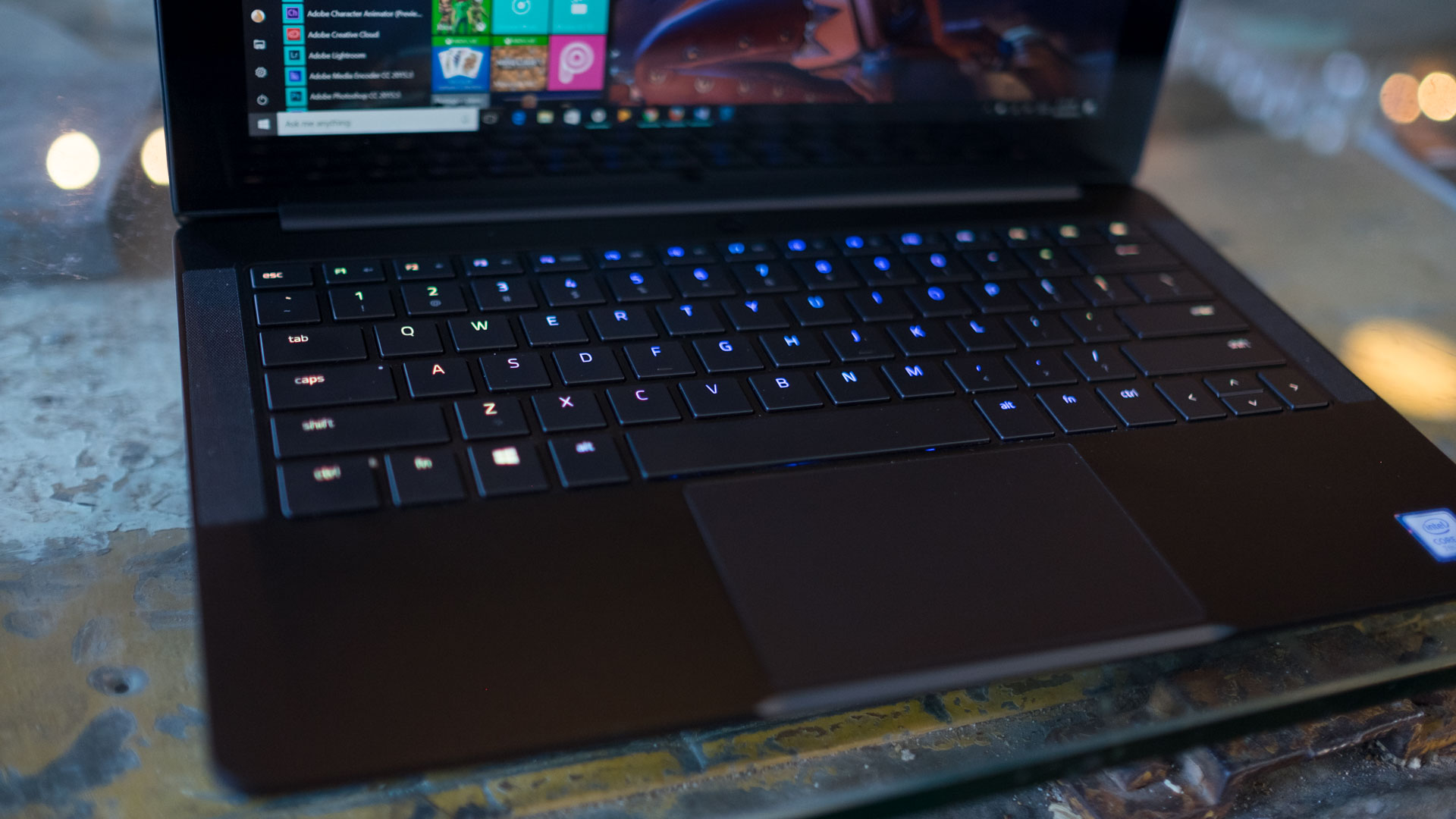
Kaby Lake proves it’s a step over Skylake across the board with every benchmark. The updated Stealth offers noticeably more processing and graphical power, making it that much more capable for everyday tasks and strenuous programs.
That said, this isn’t hands down the most powerful Kaby Lake machine around. Based on benchmark numbers, the HP Spectre x360 is a smidge faster on the CPU end, but the Stealth edges ahead ever so slightly on graphics.
The most astounding improvement Razer’s updated Ultrabook delivers on is battery life. Thanks to the new Kaby Lake processor and a beefier 53.6WHr battery (significantly larger than the 2015 model’s 45WHr battery), the Stealth lasts one to three hours longer.
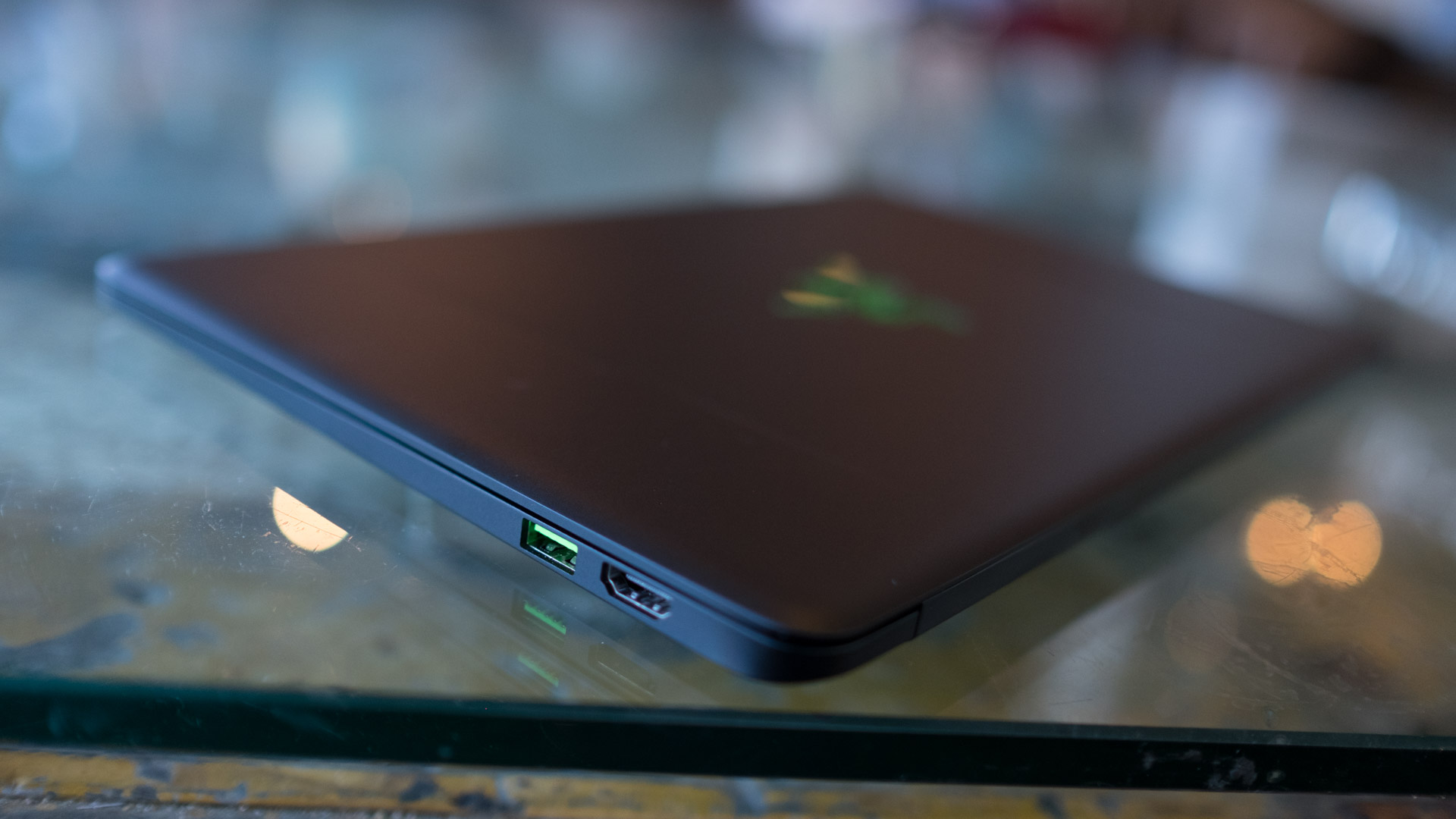
The Stealth lasted for 5 hours and 44 minutes on our movie benchmark test, which is a great improvement on its predecessor’s 3 hour and 39 minute run. We also managed to squeeze nearly seven hours of regular usage while browsing the web, writing this review and chatting on Slack.
Recharging a fully drained laptop back to 100% is also a quick two-hour practice process. However, we’re not fans of the old-school wire-to-block-to-wire charging adapter, and would prefer a more streamlined charger as we’ve seen with recent HP and Asus laptops.
It’s an impressive improvement over the older model and an outstanding result considering the high-resolution screen and demanding components putting a strain on the low pile battery inside this thin machine. Full day battery life on an Ultrabook such as this is hugely important, and now the Stealth is on equal footing with the Dell XPS 13, Lenovo Yoga 900 and other stars in this category.
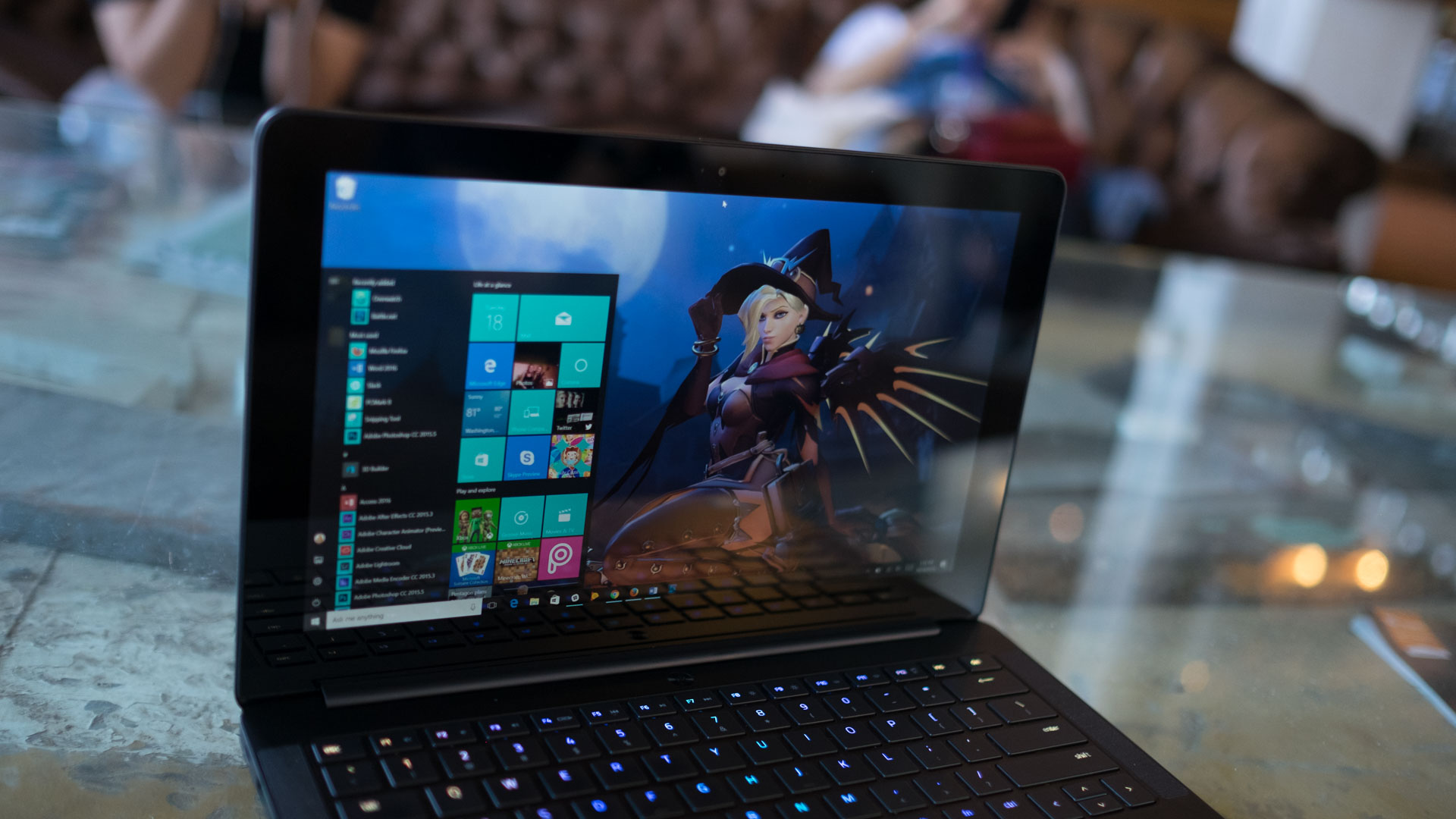
Screen and speakers
Like a cherry on top of an ice cream sundae, the QHD+ display is a real treat that makes the Razer Blade Stealth complete. The 2,560 x 1,440 resolution IGZO display offers perfect color accuracy and contrast with a healthy 70hz refresh rate. It’s just as perfect for watching movies and editing photos as it is for playing twitch shooters that demand the highest reaction speed.
A pair of more than booming speakers sit along the sides of the keyboard also help seal the deal on this multimedia machine. They deliver clear and loud sound without the slightest hint of distortion or tininess you would associate with most laptop speakers. However, if you’re looking for full bodied bass from games and action movies, you’re better off plugging in a pair of your favorite headphones.
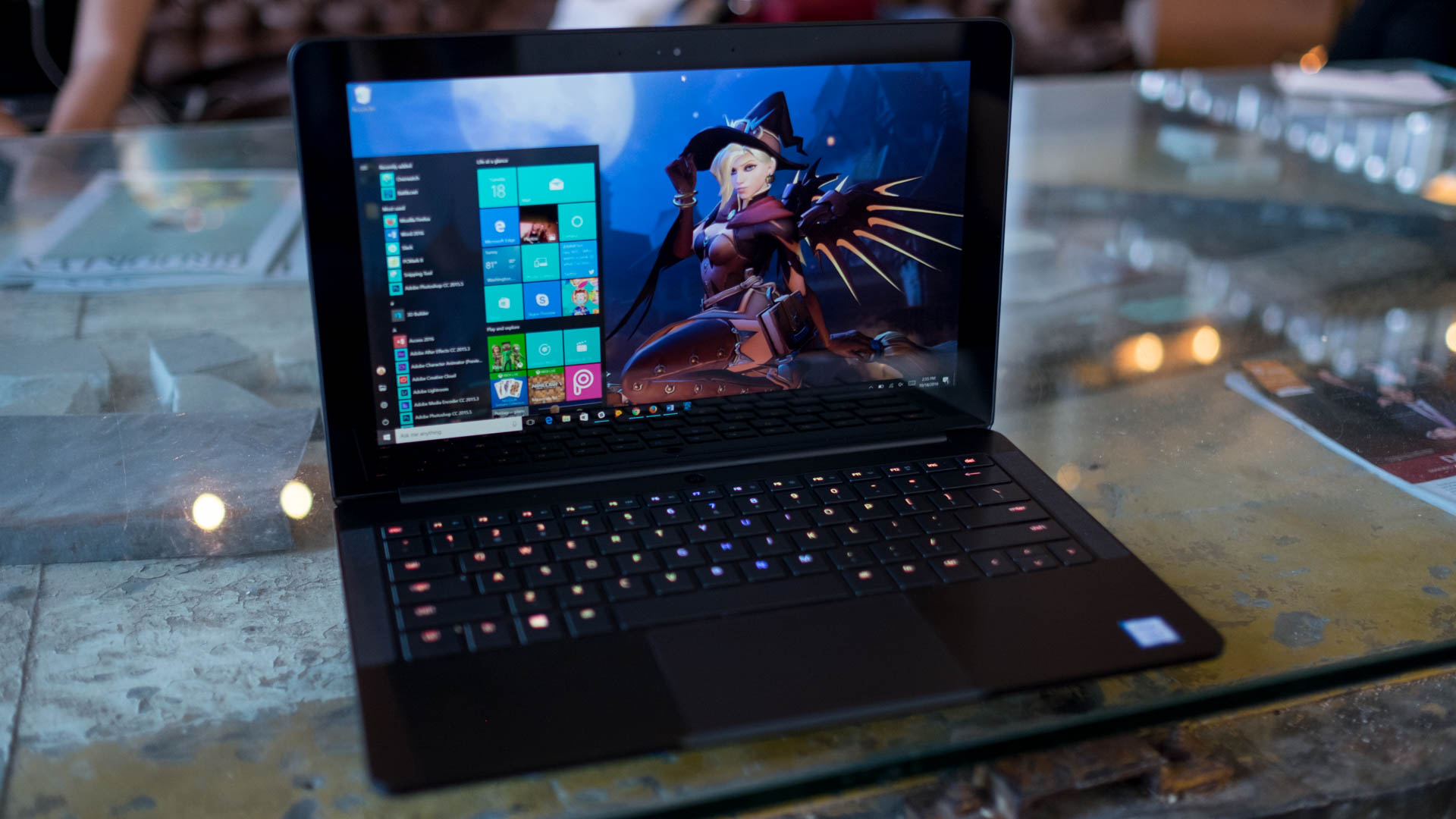
Final verdict
The Razer Blade Stealth comes at a competitive price that demands attention over other higher priced Ultrabooks like the Dell XPS 13 and MacBook Pro. It performs better in a thinner and more affordable package than its competitors.
It offers all the features we’ve come to expect from Ultrabooks, including a premium design, long battery life, an attractive screen and reliable performance. Then it brings unique features, like the fully customizable RGB keyboard and the ability to plug in an external GPU box for serious gaming while already having an IGZO display suitable for fast-paced action.
From the short key travel and the honestly crap power adapter, the Blade is not a perfect device. But, these are only two small annoyances from what is otherwise a stellar Ultrabook. With the greatly improved battery life, Razer has finally delivered on its promise to make a thin, yet powerful and long-lasting laptop that stands among the pantheon of the best Ultrabooks.
Kevin Lee was a former computing reporter at TechRadar. Kevin is now the SEO Updates Editor at IGN based in New York. He handles all of the best of tech buying guides while also dipping his hand in the entertainment and games evergreen content. Kevin has over eight years of experience in the tech and games publications with previous bylines at Polygon, PC World, and more. Outside of work, Kevin is major movie buff of cult and bad films. He also regularly plays flight & space sim and racing games. IRL he's a fan of archery, axe throwing, and board games.

